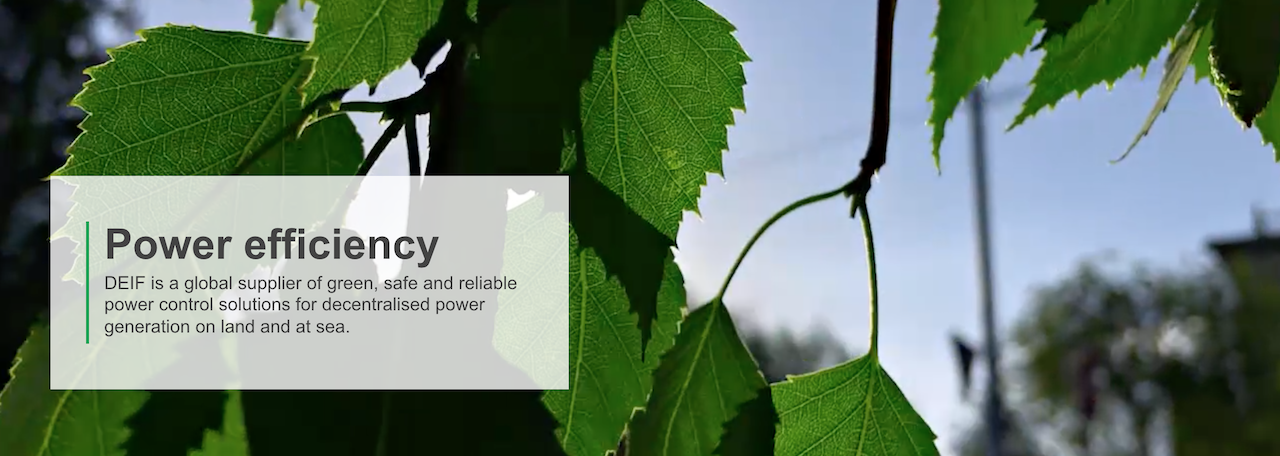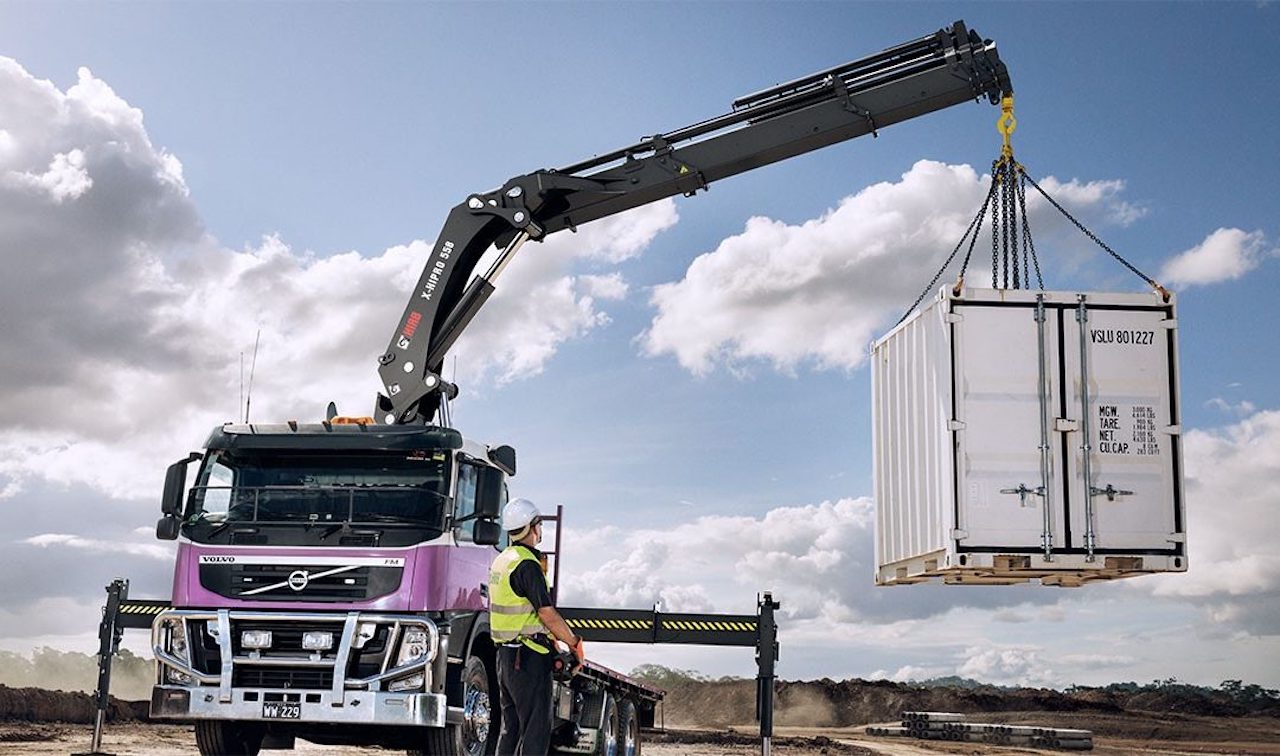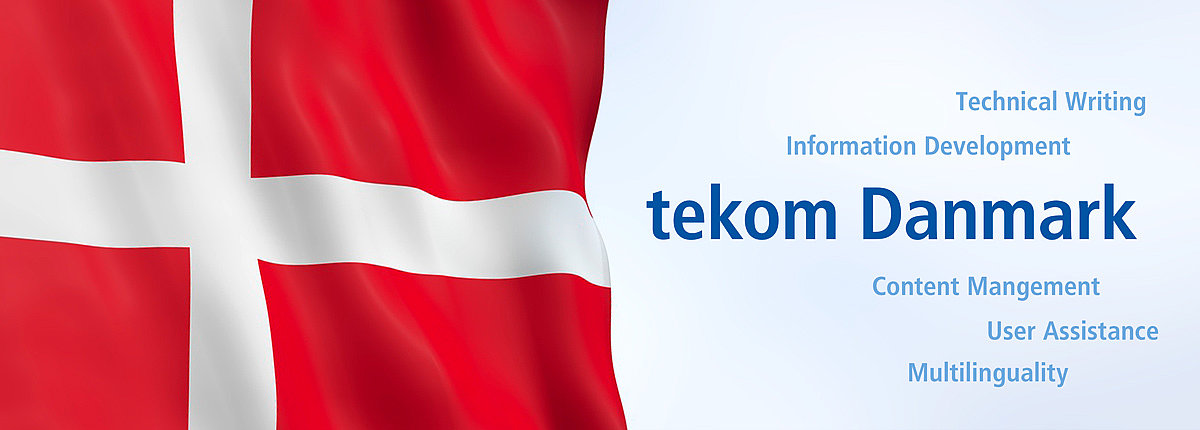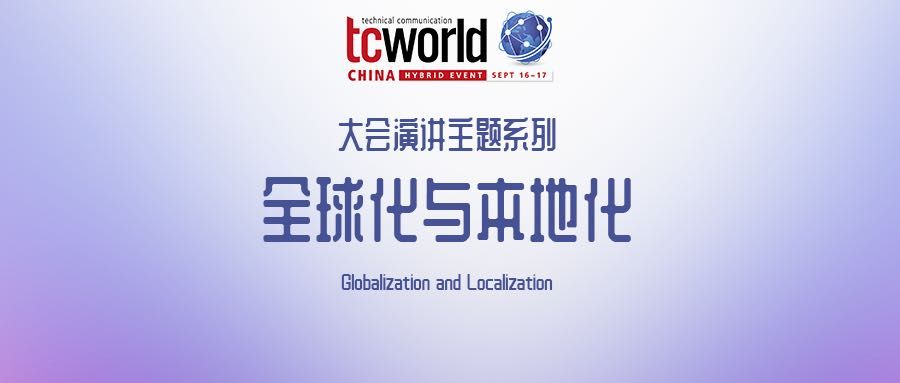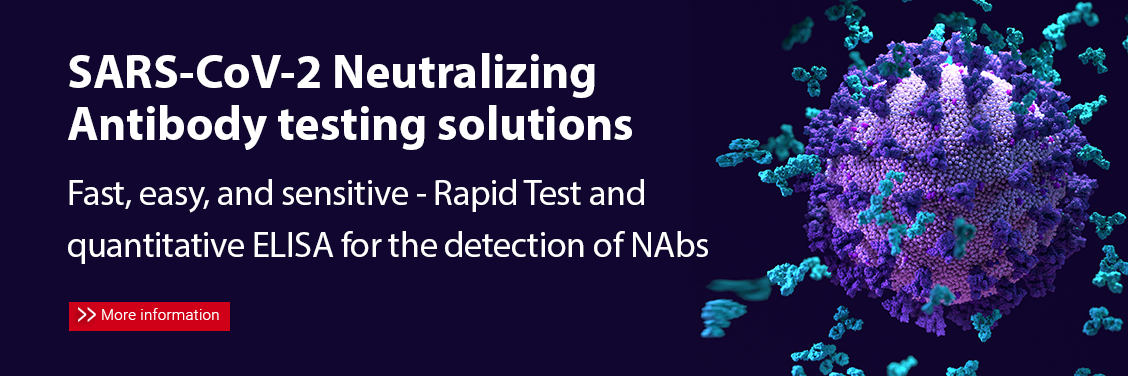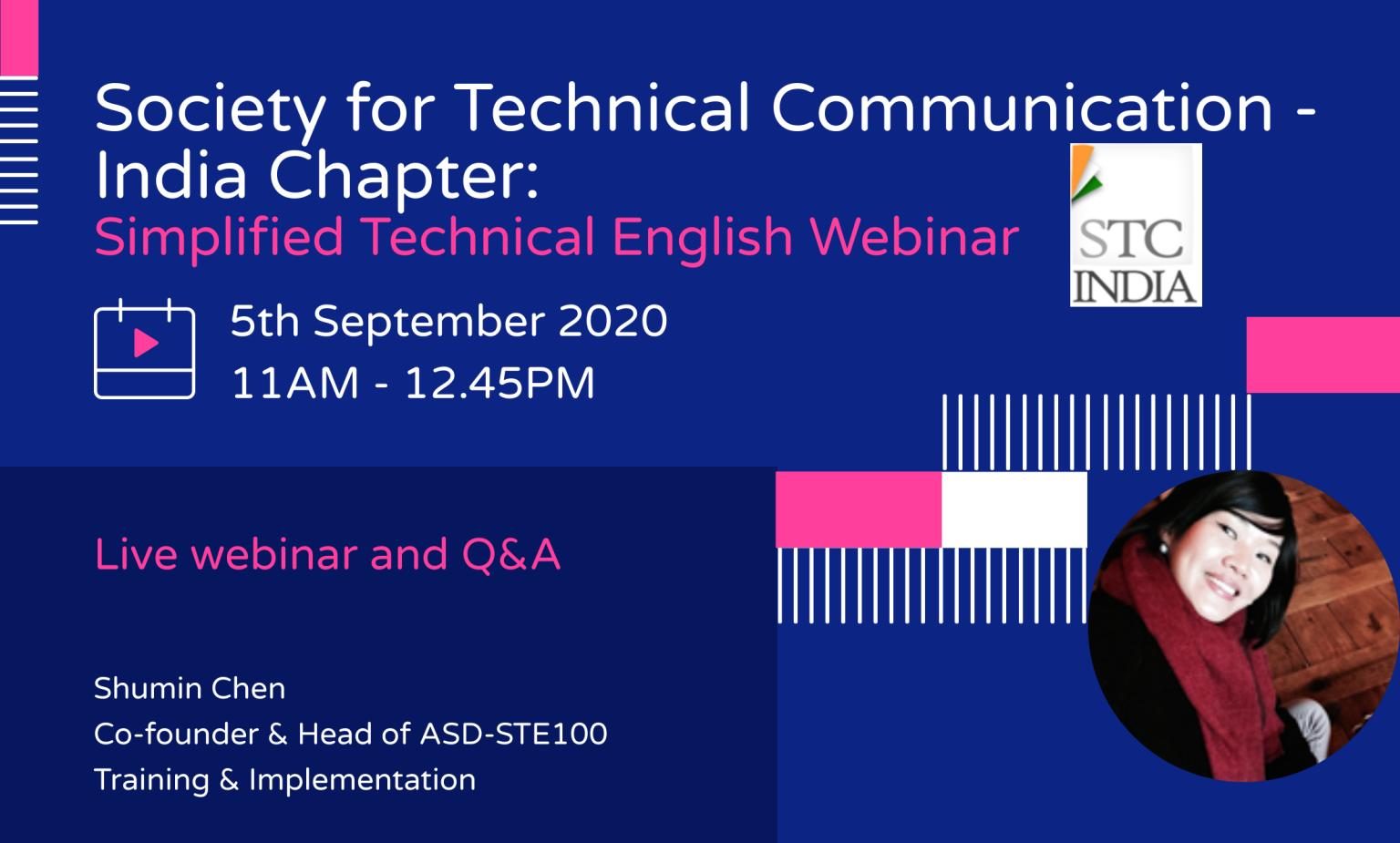The role of technical authors and technical documentation managers
Technical writers are the go-between for subject-matter-experts (SMEs), engineers, designers and the end-users of documentation. Consequently, the responsibility of creating effective documentation falls on technical authors who endeavour to send out a clear, unambiguous, and user-friendly message about their products and line of services.
At the level of global information management, technical writing professionals should consider short-term tactics and longer-term strategies to overcome the following:
- An ever-increasing volume of words to write and translate
- Snowballing translation and documentation management costs
- Overlapping information across different versions of similar document types
- Low comprehension levels for the English language jargon.
Simplified Technical English as part of your content strategy
Established in Denmark in 1933, today the DEIF Group is a global market leader in green, safe and reliable control solutions for decentralised power production on land or at sea. In simple terms, DEIF makes sure that power is always available.
ASD-STE100 Simplified Technical English (STE) is a controlled language that is used to write technical manuals in such a way that they can be more easily understood by an international audience. To put it across plainly, STE is a form of controlled language that is guided by 53 technical writing rules that were put together by a committee of linguists, engineers, and manufacturers who established over the years that these writing rules made sense and allowed them to re-write any of their existing documentation based on these rules, making their documentation easier to understand, while maintaining accuracy, safety, and validity.
Develop, deploy, and deliver documentation with STE
STE Quick facts
Background: With the widespread dissemination of user documentation published in various delivery formats across several language translations, the relevance of global information management has become greater in an attempt to stem terminology inconsistencies, mistranslations, and the disproportionate escalation of costs associated with the maintenance, reuse, and consumption of technical content.
Year: In use since 1986
Current Version: Issue 8, May 2021.
Technical writing rules: 53
Dictionary word entries: approx. 2400 terms.
The STE specification also includes a core vocabulary of around 930 approved words and 1500 non-approved words that let technical authors write just about everything that they need for for procedural and descriptive texts. Therefore, the use of approved words, compliance with the standard, and a language quality checker tool to complement your content strategy efforts is akin to pooling your most valuable resources where people, internal processes, and innovative technologies become more aligned.
STE in practice
If this is your first time hearing about STE, the example that follows will hopefully shed more light on the principles and best practices that govern good STE writing. Here is an original piece of text presented in standard English writing:
THE SYNTHETIC LUBRICATING OIL USED IN THIS ENGINE CONTAINS ADDITIVES WHICH, IF ALLOWED TO COME INTO CONTACT WITH THE SKIN FOR PROLONGED PERIODS, CAN BE TOXIC THROUGH ABSORPTION.
And here it is again in STE:
THE OIL IS POISONOUS. DO NOT GET THE ENGINE OIL ON YOUR SKIN. IT CAN GO THROUGH YOUR SKIN AND INTO YOUR BODY.
Making the comparison between the two types of writing above, you will see that the original writing is rather cumbersome in expression. It is also very likely that the person reading this sentence will have difficulties following the writer’s line of thought because of the longer sentence length and unnecessary information included. In contrast, the text written in STE is much more to the point and simply distils what is pertinent to the person doing this work:
- The oil is poisonous.
- I must always be careful not to touch oil without protection.
From this example, STE shows us that warnings and cautions must always start with a simple and clear command that is usually substantiated by a reasoning that comes before or after. A command informs the user about the precautionary measures to take to avoid danger. Presenting information as if it were a general comment in the original writing obscures the importance of the message and is not specific enough.
Where can I learn more about STE?
Shufrans TechDocs regularly hosts online training workshops for technical writers, SMEs, and engineers at different time zones for your convenience. To learn more about our diverse course offerings and workshop customisations that we can do for you and your global technical documentation team, speak to us today!
What customers are saying.. | DEIF A/S
Helene Birkebaek, Technical Writer, DEIF | Power Efficiency “Shumin’s delivery was really good. The STE specification contains a lot of information and she managed to condense it into manageable chunks. This made it easier to grasp the different rules and concepts.
Complex verbs, noun clusters, “ing” words and using the active voice. These are my favourites, because our documents can benefit from using these rules, as these are some of the “common offenders” in terms of STE. I have realised reading through the documentation, that we tend to use complex verbs a great deal along with “ing” words.
The course was brilliant, but for me the biggest benefit was re-writing our own documentation, so I wish I could have spent a bit more time focusing on that. The workshop was managed really well, and this was my favourite part of the course. It was brilliant that Shumin had time to go through some of the re-written text and provide feedback.
Just wanted to say that you have been absolutely brilliant. Not only throughout the course, but also providing brilliant feedback afterwards. Thank you!”
Jeanine Shepstone, Senior Technical Writer, DEIF | Power Efficiency “I love and hate the list of Simplified Technical English (STE) approved and non-approved verbs list. IMHO it’s the strongest tool in STE to stop bad behaviour. The quizzes, worksheets, and exercises were good, but I’d like to have more of them.
With regards to the rewriting workshop, it was great to be able to work on our own content, and to get Shumin’s input as we did so. Thank you! Overall a good course which I’d most likely recommend. Some rework of the way the exercises are done would push the course to be among the very best! Once again, thank you.”
An innovative approach to consider for your global documentation landscape
Over the last three decades, STE has emerged as a rather important and universal standard for technical English. Predictably, as a result of language standardisation, STE helps us to achieve a number of benefits. Technical writers become more consistent on a word level. This starts with the simple fact that we are going to use the same word whenever we refer to the same thing, so that means an improved level of consistency and consequently quality improvements.

